How much does AI cost? Here are the industry averages
I first tested AI tools in 2019 to automate repetitive parts of my workflow. It seemed like the perfect solution: Let the code execute the manual stuff I was too bored to do.

I first tested AI tools in 2019 to automate repetitive parts of my workflow. It seemed like the perfect solution: Let the code execute the manual stuff I was too bored to do.
However, I quickly discovered hidden costs to everything I did. My automation script needed a server to live on. The server needed maintenance and monitoring. And if the backend APIs changed, my script would no longer work.
AI today has similar overhead costs, but at a far greater scale. For instance, Sam Altman recently tweeted that saying “yes” and “please” to ChatGPT cost tens of millions of dollars in computing resources.
This got me thinking: How much does AI cost businesses, and when does it make sense to integrate AI?
In this article, I’ll walk you through different kinds of AI models and how much AI solutions cost based on the model type. Whether you’re a startup founder, an SMB, or an enterprise business, you’ll learn how to budget for AI in your company.
Table of Contents
- How much does AI cost?
- How is pricing determined for AI?
- How much should you spend on AI in your business?
How much does AI cost?
AI costs vary widely depending on the type of solution, business model, data quality, model variant, usage patterns, and more.
Let’s break down the cost of AI based on four commonly used AI model types.
The Cost of Large Language Models (LLMs)
LLMs are trained on massive amounts of data (think billions of tokens) to understand and generate human-like language. I use LLMs extensively in my workflow — whether it is to prompt ChatGPT to draft an email, analyze photos through Gemini, or get content ideas from Claude.
Businesses can use LLMs across multiple departments to do things like:
- Answer user complaints through chatbots.
- Screen resumes, create SOPs, or help decide business pricing models.
- AI-assisted code development or debugging.
LLMs are powerful — but that’s also what makes them expensive. User queries get computed across resource-hungry GPUs that cost millions of dollars to train and maintain.
Here’s a rough breakup of the costs to integrate an LLM in your business.
Model as a Service
LLMs like ChatGPT and Claude fall into this category. You essentially “rent” their computing power via a natural language interface (chatbots) or API calls. Chatbots charge a monthly flat fee, while API pricing is more complex.
LLMs break down your prompt (what you send) and the output (the generated answer) into tokens. Each token is a unit of text — a complete word, part of a word, a space, or even punctuation marks like “/”.
For API calls, you get billed based on the total token usage. Here are the costs for OpenAPI, as of May 2025:
- Individual tier: $20-$200/month for restricted access to their chatbot interface.
- GPT o3 (per 1M tokens): $10.00 input; $40.00 output.
- GPT 4.1 (per 1M tokens): $2.00 input; $8.00 output
- GPT 4.1 nano (per 1M tokens): $0.100 input; $0.400 output.
Not sure how many tokens you’ll use? You can run your prompt through OpenAI’s handy tokenizer tool and get an estimate. Also, remember, any documents or past conversation history you include as context count toward your token usage!
Open-Source LLMs
Open-source models like Llama or Mistral are a cost-effective alternative to commercial LLMs like OpenAI. Accessing open-source model weights is free, so you don’t have to pay any API costs.
The main cost for open-source LLMs comes from compute + hardware requirements. Businesses can expect to pay around $200-$500/month for smaller models, but it can also range upwards of $5k-$10k/month for large-scale enterprise usage.
Of course, open-source models require a fair bit of technical expertise to implement, deploy, and update across your systems. However, fine-tuning an open-source model can cut down your overall costs significantly.
Training Your Own LLM
If your business deals with very complex or sensitive data, you can opt to develop your own AI infrastructure. LLMs require computing resources (high-end GPUs), memory (databases), and specialized engineering talent.
Training your own LLM can easily cost you between $100k - $1m for initial development. And then comes maintenance, fine-tuning, prompt engineering, fall-back logic, and model monitoring.
The Cost of Predictive Analytics Platforms
Want to know which products might become holiday bestsellers? Or if a new feature will get enough market demand? Instead of relying on your gut for answers, consider using predictive analytics platforms.
These platforms identify patterns in massive datasets like customer behaviour, historical market data, etc., to help make data-driven decisions. For instance, they can estimate potential customer churn by analyzing usage frequency and support ticket history.
Predictive analytics platforms tend to be more affordable than other AI models since they don’t need heavy computing power. Costs depend more on data quality and the number of users.
SaaS-Based Platforms
Pricing is based on users, monthly prediction volume, or on-demand usage.
Solutions like Tableau or PowerBI premium cost $15-$100/user/month. Enterprise SaaS solutions like Alteryx start at $4,950 per year for a single user. More comprehensive plans, including the Alteryx AI Platform, can range from $10,000 to $50,000 or more per year, especially for larger teams.
Custom Solutions
Basic predictive systems cost between $20k-$30k, while advanced ones start around $40k+. You can reduce development costs by using open-source libraries like scikit-learn or Tensorflow. However, expect to pay a 20-30% premium for maintaining the model and associated infrastructure.
The Cost of Recommendation Engines
Recommendation engines are an excellent way to customize user experience. They analyze user data and activity to suggest products, services, and content your customers might like next. For instance, at the end of this article, you’ll find a “related articles” list — that’s a recommendation engine in action.
These recommenders are a win-win: Customers find what they want, and companies get to boost user retention on their platform.
But what's the actual cost for companies to understand my preferences (and yours!) so accurately? The answer depends on the kind of recommendation engine they use.
- Platform-integrated: Typically free. Many ecommerce, marketing, or CMS platforms include basic recommendation capabilities free of charge or at a minimal cost. Examples include Shopify’s product recommendation API and Hubspot’s smart content recommendations.
- Off-the-shelf: $2000 - $12,000. These are typically SaaS-based solutions, with a pay-as-you-go model. For instance, Amazon Personalize computes its pricing based on data sent to the model, training, and real-time or batch recommendations.
- Custom: $10,000 - $200,000. A custom recommendation engine might be the right fit if your business model depends on curating good content or products. These can be expensive, but you can use open-source libraries like LightFM and FAISS to build quick prototypes. Examples include Netflix, Amazon, and Spotify.
The Cost of Process Automation Solutions
As I mentioned earlier, my AI journey began with process automation tools. I built a dashboard for managing access to internal company tools.
Instead of manually reviewing and approving each user request, my script would verify eligibility, grant permissions, and notify users automatically. It would also flag unusual access requests or suggest likely permissions based on data from similar teammates.
While working on this project, I discovered that process automation can handle any repetitive task. These tools can open new browser tabs, click buttons, send customized emails, log activities, and more. When you add AI to the mix, these systems can even handle decision-making and analysis based on previous data.
Intelligent process automation solutions like these have two components:
- Automation tool. You can choose a SaaS no-code solution like Make.com or a robust enterprise solution like UiPath. Make.com has a subscription-based pricing ($9-$29 per month for 10,000 ops) while UiPath operates on a per-bot pricing ($1000 - $10,000 annually per bot).
- AI models for specialized tasks: Automation tools can call on AI components to process specialized tasks such as document parsing, intent classification, etc. This is similar to having a custom LLM, priced per unit processed (i.e, per document or API call).
How is pricing determined for AI?
AI cost isn’t just about the model you choose. It’s about how often it runs, how much data it needs, and how well it scales.
Let’s look into specific factors that affect costs across AI models.

1. Data Costs
AI runs on data. The quality of your data determines how accurate your model will be. If you’re not careful with the data you supply, AI can spit out nonsense into customer communications or include its own biases.
I’ve seen internal company data get messy. Valuable data gets stored across multiple CRMs, cloud solutions, and internal tools. The result? Inconsistent, redundant, and often unreliable data.
So, while raw data is cheap to acquire, getting clean, labeled data can become expensive. Data processing involves multiple steps: collection, cleaning, labeling, and structuring into AI-friendly formats. Each step is typically charged based on data volume or hours spent. For instance, CVAT, a data cleaning platform, estimates the cost of annotating 100k images at $300k.
If your internal data isn't sufficient, you can supplement it with external datasets from providers like Bloomberg or data marketplaces like Kaggle.
Once your data is ready, the next step is to store it. Depending on data volume, cloud data storage instances can cost anywhere between $1k-$10k a month. Your cloud storage should be able to scale with you as you collect and process new data.
Data governance is another factor to consider. I recommend budgeting around 10-20% of your costs to go towards data security and compliance with laws like GDPR.
2. Infrastructure Costs
Infrastructure costs come into play if you opt for custom AI solutions or use open-source models. SaaS platforms include these expenses in their monthly pricing, but building your own infrastructure needs a substantial budget.
For instance, high-performance Nvidia GPUs like H100 can cost between $15k and $40k per unit. Most production environments will require multiple GPUs to optimize for performance. A modest AI cluster could easily cost hundreds of thousands of dollars. You must also consider energy and power costs to manage this cluster, which can bump up the total cost by 30-40%.
Cloud solutions like Google Cloud AI or AWS are cost-effective, with a pay-as-you-go pricing model. Costs typically range from $2 to $80/hour, depending on the specifications of the GPU instance. A single H100 80GB GPU within the a3-highgpu-1g instance costs approximately $11.06 per hour, while an instance with 8 H100 80GB GPUs, the a3-highgpu-8g, is priced at around $88.49 per hour.
3. Training and Development Costs
Most businesses underestimate the development costs for successfully running an AI model. You'll need to build custom integrations to make the model work with your existing systems, train the model, and then fine-tune the responses for your use case.
“The real cost isn't the token [API calls to an LLM]. It's everything you wrap around the model to make it usable — retries, caching, orchestration, fallbacks, evals. Anyone quoting 'fractions of a cent' per token is leaving out half the bill,” explains Joe Cainey, the CEO of Sunbeam.
Acquiring the right developer talent has also become competitive. Salaries for AI developers can range from $200k-$1m+. Project-based freelancers charge somewhere between $50 and $100/hour, depending on their experience and geographical location.
4. Maintenance Costs
AI tools must be updated every 3-6 months to account for newer models, data contexts, and changing business needs. Maintenance activities can include, but are not limited to:
- Performance monitoring.
- Retraining based on user interactions.
- Adjusting prompts or data for better output.
- Security and compliance updates.
Unless your business environment is highly controlled, I’d say you should expect a 15-20% maintenance overhead to keep your AI systems running accurately.
How much should you spend on AI in your business?
There is no straight answer to this question. Setting the right AI budget for your business is not about following industry averages, but about tailoring it to your needs.
Let's break down the key factors you should consider before deciding on an AI solution.
Business Size and Budget
Budget predictions can vary depending on the scale of your business.
An IBM study indicates that larger companies plan to allocate roughly ~3% of their revenue to AI, about $33.2 million annually for a $1 billion company. In contrast, small and medium business owners I’ve interviewed budget around 5-20% of their total revenue to AI.
Small and Medium Businesses (SMB)
If you’re an SMB, consider starting with AI-integrated SaaS platforms that can target multiple departments. For example, Hubspot’s Breeze bundles AI automation for marketing analytics, customer support, and sales into one tool. This integrated approach to AI delivers better ROI than maintaining your own infrastructure, especially for teams with limited technical resources.

Of course, this decision also depends on the nature of your business. If your business deals with sensitive data or has AI-dependent operations, you’ll likely need a custom model. Depending on your budget and business priorities, you can choose an open-source solution or build a proprietary one.
Roman Georgio, the CEO of Coral Protocol and ex-Camel AI founding member, shared his thoughts on this: "I would pay a bit more to use Claude if I were building a SaaS tool like Cursor since my product depends on the best possible LLM output.
“But if I’m just performing text summarization for an AI-powered CRM, I'd optimize costs and use [an open-source solution like] Mistral or Qwen."
Enterprises
Enterprise budgets can range in billions. Oracle spent $3B in Q125 for the cloud infrastructure that supports AI training. At this scale, enterprises typically adopt a hybrid strategy — using custom infrastructure with third-party or in-house APIs for sensitive data and SaaS platforms like Breeze for specific departments.
Many enterprises use their collective bargaining power to negotiate agreements with AI vendors. These agreements typically have a minimum lock-in period where you get volume-based discounts and early access to new platform features. For instance, a senior AI leader shared with me that they spend $100k/month on GitHub Copilot licenses for ~7000+ team members.
Integration Complexity
Here’s something you probably didn’t expect me to say: Getting your systems ready for AI might cost as much as (or sometimes more than) the AI solution itself.
Implementing AI requires you to address any inefficiencies in your systems.
Bad data? You’ll first need to standardize it to reduce costs and the risk of hallucinations. Disconnected systems? You’ll need to build custom integrations with your AI tool.
Standardizing your systems is not just an AI expense, though. It improves your overall operations with efficient reporting, easier training cycles, and smoother integrations in the future.
So, budget for integration costs, but also look at the overall business value.
Risk Tolerance
Another thing to consider is your business’s risk tolerance. Souvik Roy, senior AI development manager at Standard Chartered, highlights this as a significant concern since they deal with financial data.
"Before automating any processes, the first thing we consider is whether potential damage is reversible. We don’t want to run into compliance issues or potential fines because we tried to automate something,” he told me.
For instance, if a model generates “You have to...” instead of “You must...”, the difference is usually negligible. However, this can lead to critical misunderstandings in industries like law or finance.
Companies with low risk tolerance should allocate additional budget to safety guardrails, testing, and human oversight.
When (and When Not) to Invest in AI Solutions
While researching AI costs, I saw a clear pattern: AI is slowly moving from small department-specific experiments to enabling organization-wide shifts.
Companies aren’t asking if they should adopt AI, but rather how to integrate it.
Whether it is a managed solution like Hubspot Breeze or a custom implementation with API calls, there are AI solutions for each business level. Hubspot’s State of AI Marketing Report reveals 75% of companies implementing AI have gotten a positive ROI.
When I spoke to Cainey, I liked his three-step decision tree for integrating AI solutions:
1. Does it scale linearly with headcount?
2. Is it predictable enough for a model to handle?
3. Is it safe to be wrong 5% of the time?
If yes to all three, it’s on the roadmap. If not, it’s either human-led or skipped entirely.
My advice? Resist the temptation to automate or include AI in every business process. Start small, measure usage, and then scale your AI investment as you validate the ROI.
![]()


























![Brand and SEO Sitting on a Tree: K-I-S-S-I-N-G [Mozcon 2025 Speaker Series]](https://moz.com/images/blog/banners/Mozcon2025_SpeakerBlogHeader_1180x400_LidiaInfante_London.png?auto=compress,format&fit=crop&dm=1749465874&s=56275e60eb1f4363767c42d318c4ef4a#)

![How To Launch, Grow, and Scale a Community That Supports Your Brand [MozCon 2025 Speaker Series]](https://moz.com/images/blog/banners/Mozcon2025_SpeakerBlogHeader_1180x400_Areej-abuali_London.png?auto=compress,format&fit=crop&dm=1747732165&s=beb7825c980a8c74f9a756ec91c8d68b#)
![Clicks Don’t Pay the Bills: Use This Audit Framework To Prove Content Revenue [Mozcon 2025 Speaker Series]](https://moz.com/images/blog/banners/Mozcon2025_SpeakerBlogHeader_1180x400_Hellen_London.png?auto=compress,format&fit=crop&dm=1747758249&s=9f3c5b1b7421f862beace1cb513053bb#)

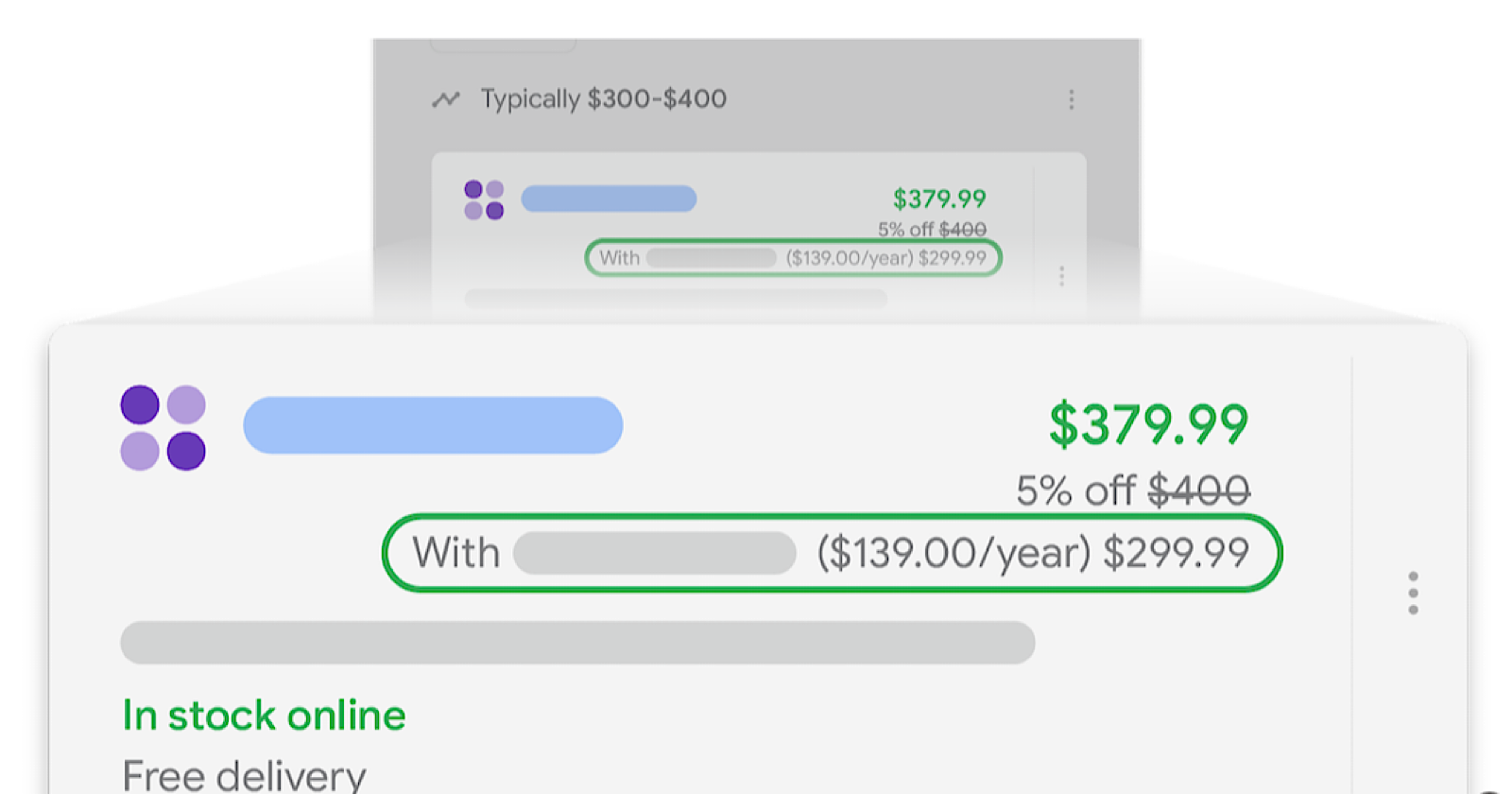







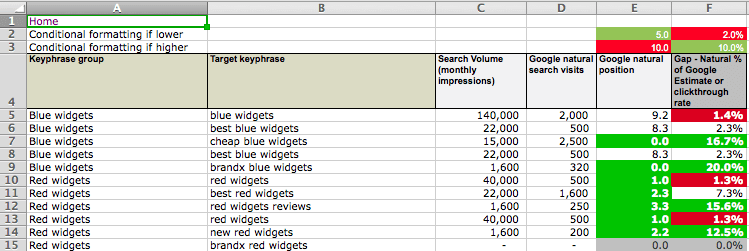
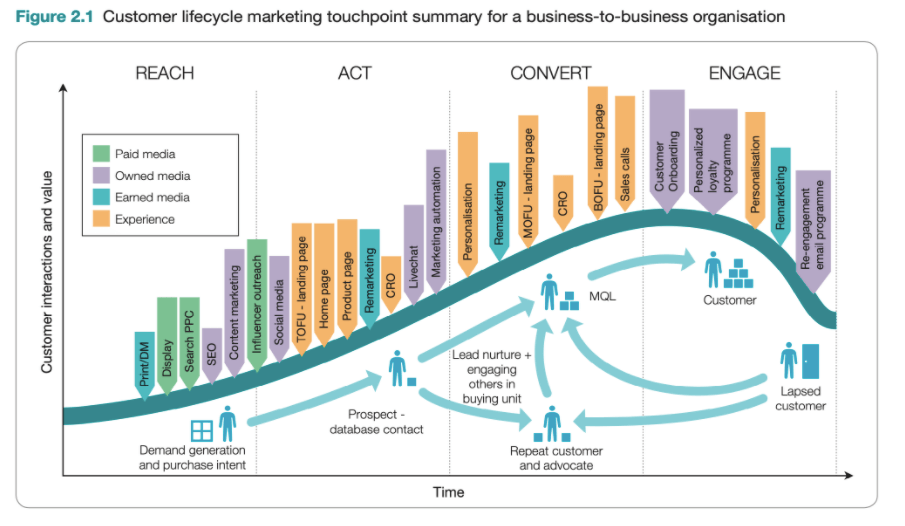











![The 11 Best Landing Page Builder Software Tools [2025]](https://www.growthmarketingpro.com/wp-content/uploads/2024/04/best-landing-page-software-hero-image-1024x618.png?#)


































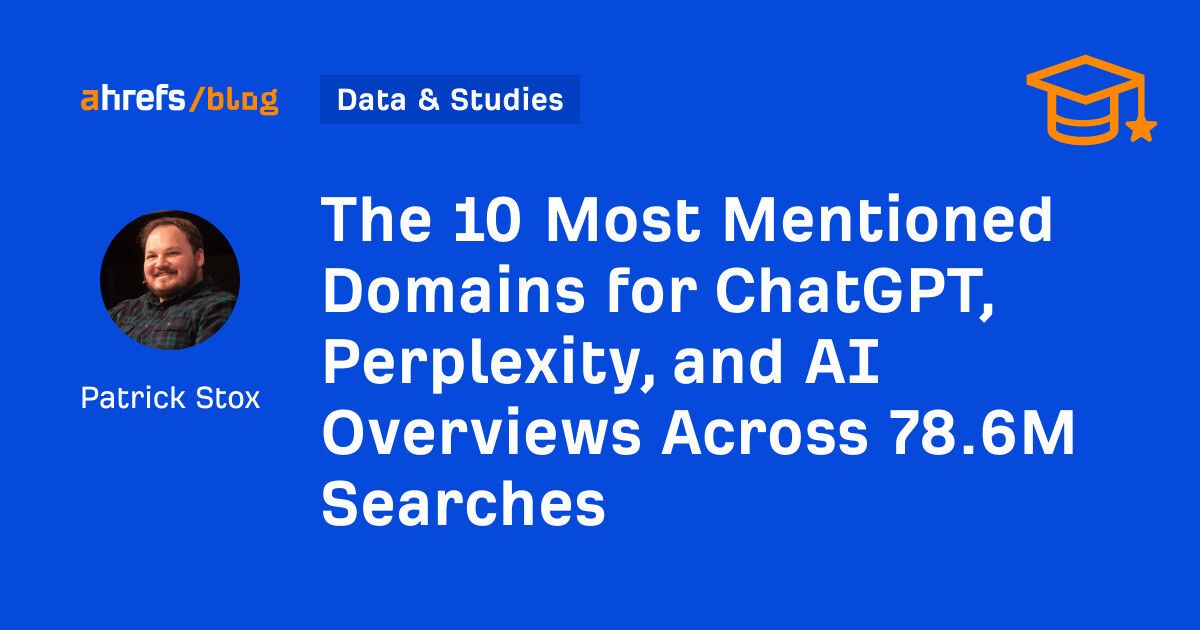

![Is Google About To Bury Your Website? [Webinar] via @sejournal, @lorenbaker](https://www.searchenginejournal.com/wp-content/uploads/2025/06/3-271.png)












![Marketers Using AI Publish 42% More Content [+ New Research Report]](https://ahrefs.com/blog/wp-content/uploads/2025/06/marketers-using-ai-publish-42-more-by-ryan-law-data-studies-1.jpg)

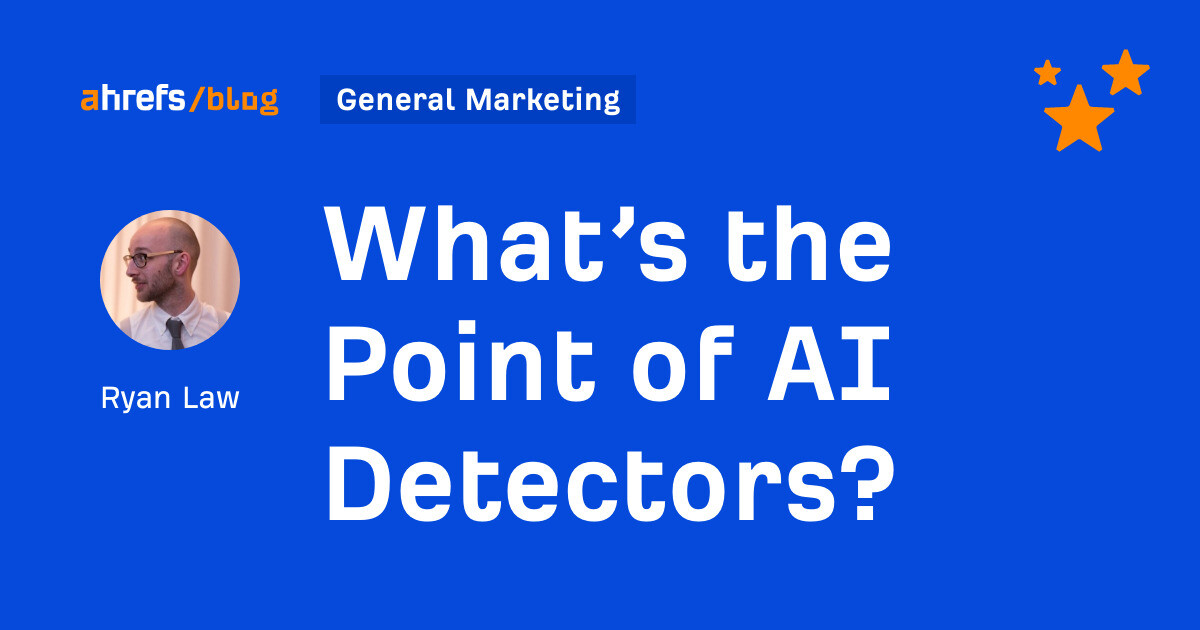

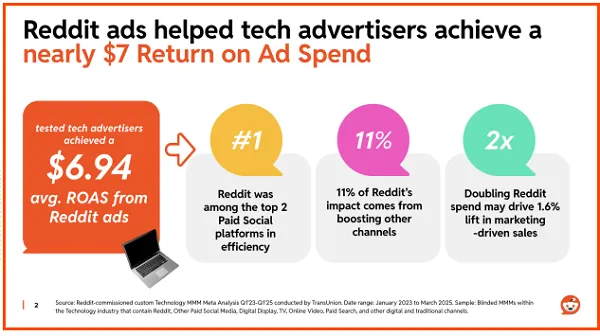












![Social media image sizes for all networks [June 2025]](https://blog.hootsuite.com/wp-content/uploads/2023/01/Social-Media-Image-Sizes-2023.png)

![The HubSpot Blog’s AI Trends for Marketers Report [key findings from 1,000+ marketing pros]](https://www.hubspot.com/hubfs/state-of-AI-1-20240626-53394.webp)
![AI can boost conversions from your web page — HubSpot’s CMO shows you how [tutorial]](https://knowledge.hubspot.com/hubfs/ai-1-20250605-395473.webp)
![The state of inclusive marketing in 2025 [new data + expert insight]](https://www.hubspot.com/hubfs/inclusive-marketing-report.webp)














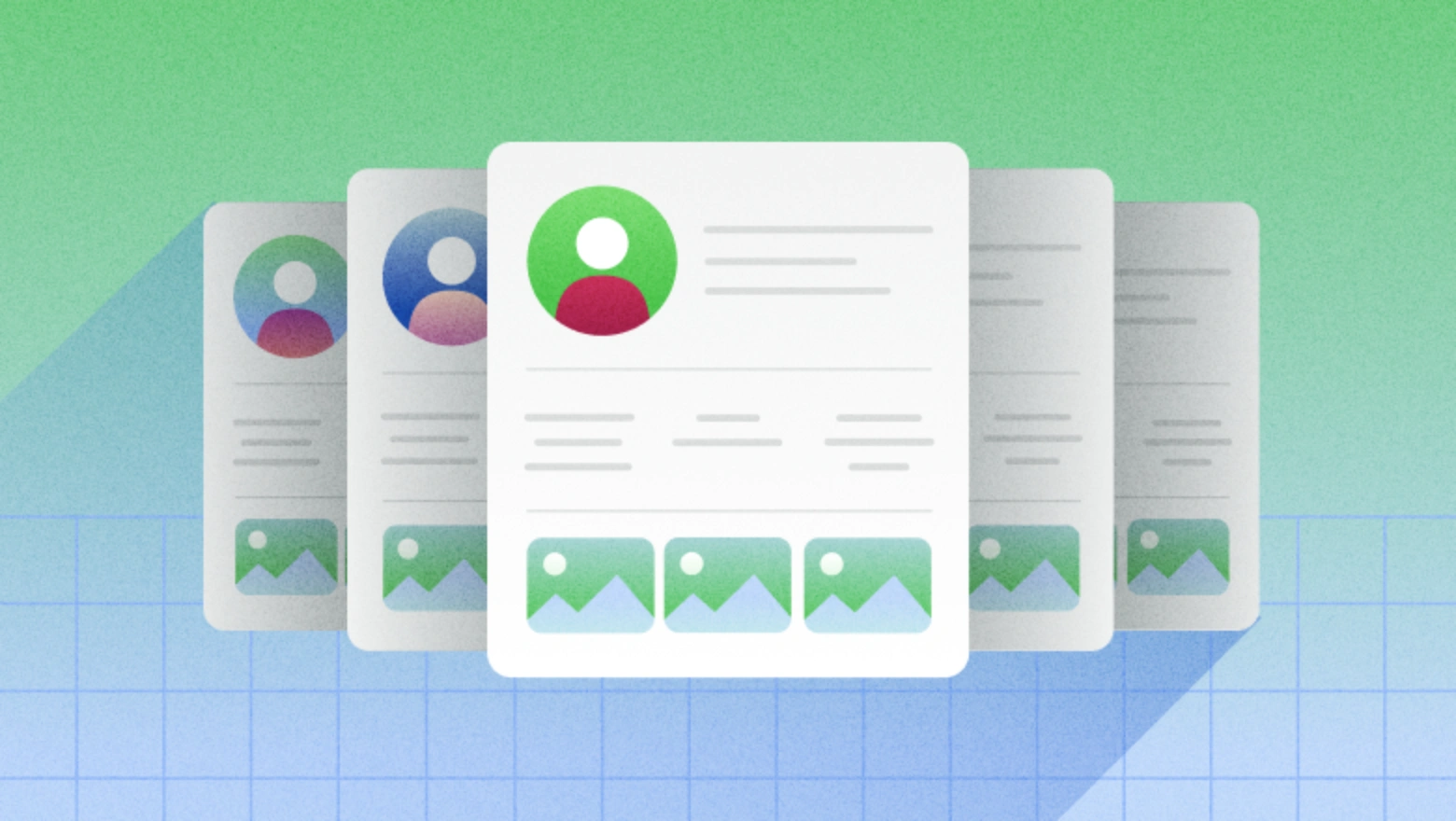

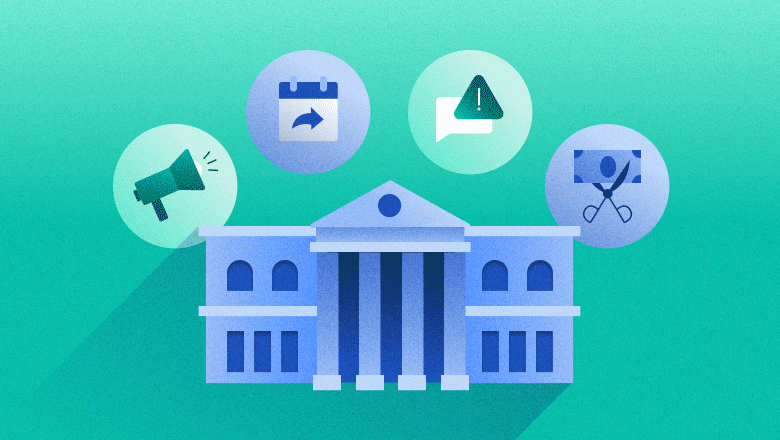

![Download Now: The Annual State of Artificial Intelligence in 2024 [Free Report]](https://no-cache.hubspot.com/cta/default/53/b72f2b25-8cc9-4642-9a1b-1e675d3d273b.png)
![4 shopping trends to expect in uncertain financial times [data + how marketers can adapt]](https://www.hubspot.com/hubfs/consumer-recession-spend.webp)

![What you're doing wrong in your marketing emails [according to an email expert]](https://53.fs1.hubspotusercontent-na1.net/hubfs/53/jay-schwedelson-mim-blog.webp)